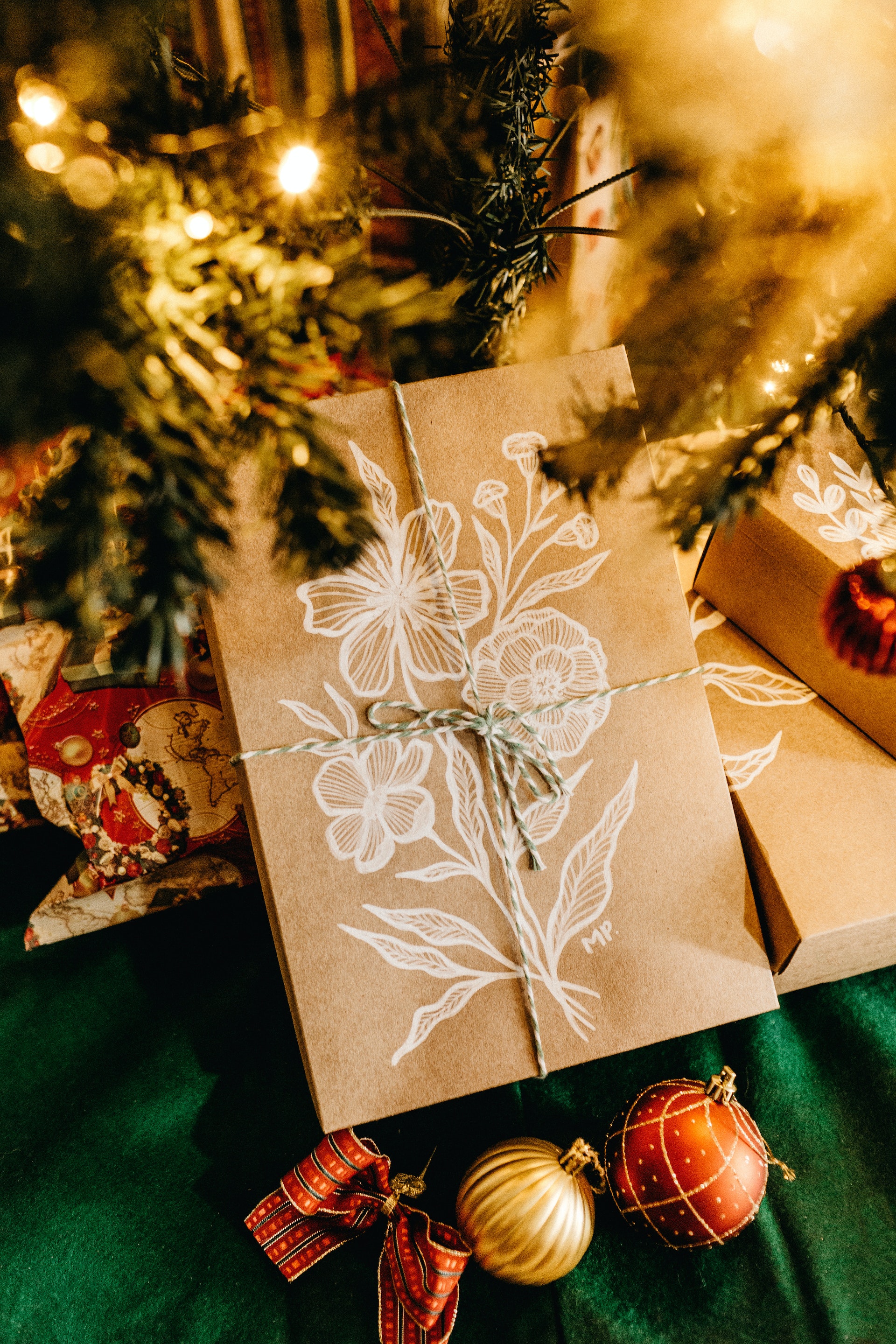How to avoid plastic this Christmas

December has arrived, and Christmas is only a couple of dozen Advent calendar windows away. For many people, this has been a particularly challenging year, and festive cheer may be in short supply. Nonetheless, even if you’re feeling bah-humbug about the advent of Advent, other people will be excited about the gifts, food and festive cheer that usually liven up the final days of each year.
This year, a growing focus on sustainability and ecology will see more and more of us trying to minimise our environmental footprint. Simple steps and considered choices can help to ensure this Christmas doesn’t create an ocean of unnecessary waste, or an unnecessary reliance on plastic.
Reuse and recycle…
If you already own an artificial tree, dust it down and ask yourself whether you really need to replace it? Although fake trees are plastic, they’ll last for many years with careful treatment and storage, keeping them out of landfill and avoiding the consumption of any more plastic. If your tree has developed any bald spots since last Christmas, use existing decorations to cover the gaps. Few people will notice the tree once it’s decorated and in situ, so don’t judge it too harshly based on the condition it comes out of the loft/shed/garage in.
…Or go natural
Buying a real tree fills the house with festive aromas, delighting children and romantics alike. Protect pets by placing a pine tree in a large bucket and covering the ground with paper to catch falling needles, which can be painful if they’re ingested or trapped in paws. While it takes nine years to grow a six-foot pine tree, they consume CO2 and support wildlife while growing organically on dedicated farms. Existing pine forests are rarely raided, and the next decade’s crop of Christmas trees are being planted right now.
Shop local
Ordering goods online may be more convenient than visiting your nearest high street or city centre, but it directly harms your local economy and jobs market. Online orders tend to arrive in a plastic bubble-wrap envelope, encased in yet more plastic. This can all be avoided by shopping in-store, where you can also physically touch and smell gifts. Take a reusable tote bag to avoid spontaneous purchases of (plastic) carrier bags, and come home in the knowledge that you’ve minimised – or even eliminated – plastic from the day’s transactions.
Adopt new present wrapping techniques
If conventional wrapping paper has a shiny outer coating, it’s made of plastic and can’t be recycled. To wrap presents in a sustainable way, search for plastic-free alternatives. Plain brown parcel paper is very effective when set off against colourful ribbons and labels, or when embossed with a wax stamp – you can have wooden stamps customised to your own specifications. Putting unwrapped presents in cardboard gift bags works well, especially when hidden underneath colourful shredded paper or decorative sheets of crepe paper.
Choose materials with care
When shopping for decorations and accessories, choose hand-crafted wooden or moulded metal ones instead of plastic baubles and tinsel. It’s easy to tell whether something is made of plastic by feeling and smelling it. Use cardboard message chains and metal card racks rather than cheaper plastic alternatives, combining disposable paper place mats and long-lasting fabric table runners. Avoid crackers, which are often made of plastic and filled with plastic contents. Silly string and party poppers should also be avoided in any plastic-free Christmas.
Back to Latest Posts




